Infrastructure
These Are the Construction Methods Used for the World's Most Extreme Bridges
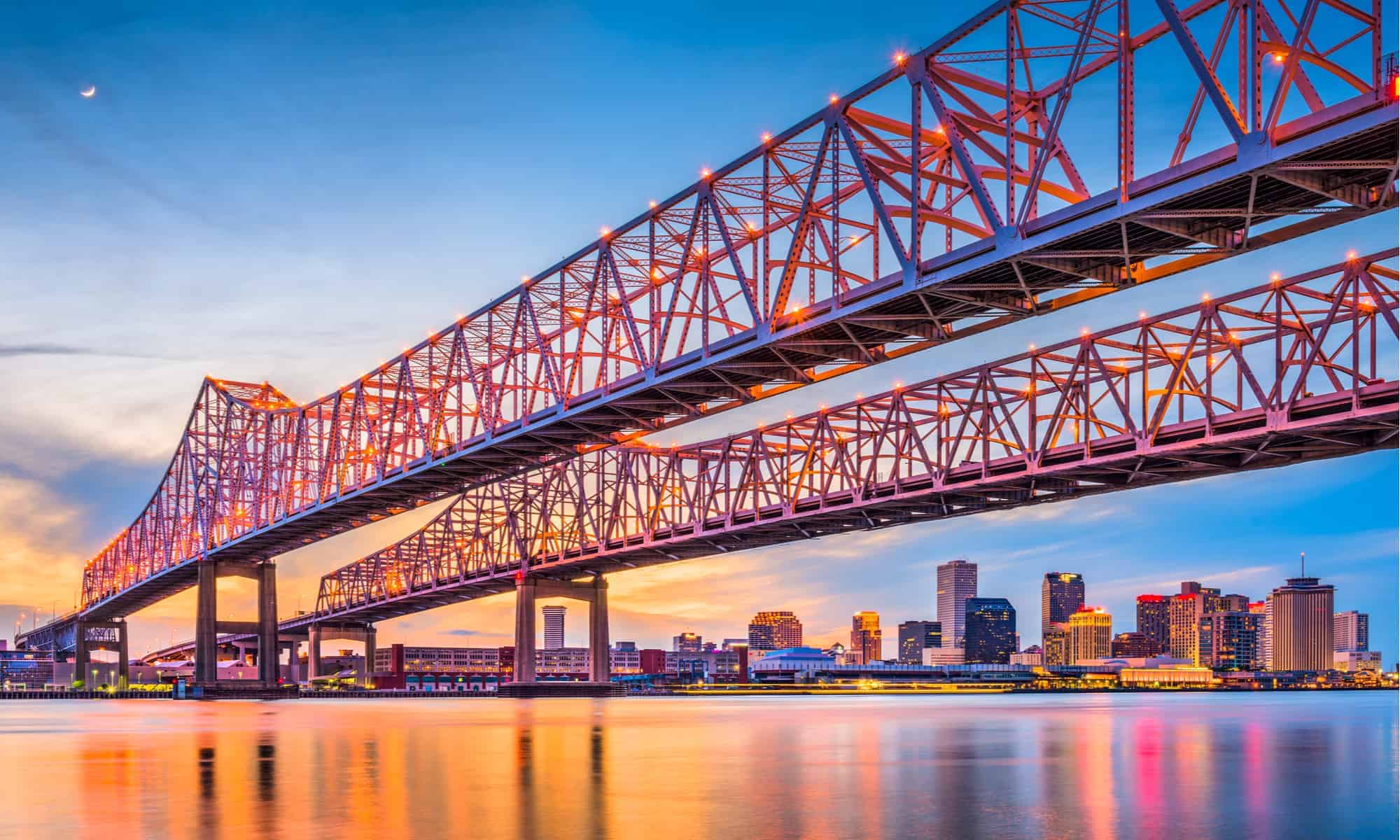
Published:

24/7 Wall St. Insights:
Building extreme bridges requires coming up with new construction methods and using unique materials. Often, people dream and then have to figure out how to make those dreams a reality!
We’ll explore some of the times this has occurred in the world of bridge building. These structures are marvels of engineering and often lead to the production of new methods.
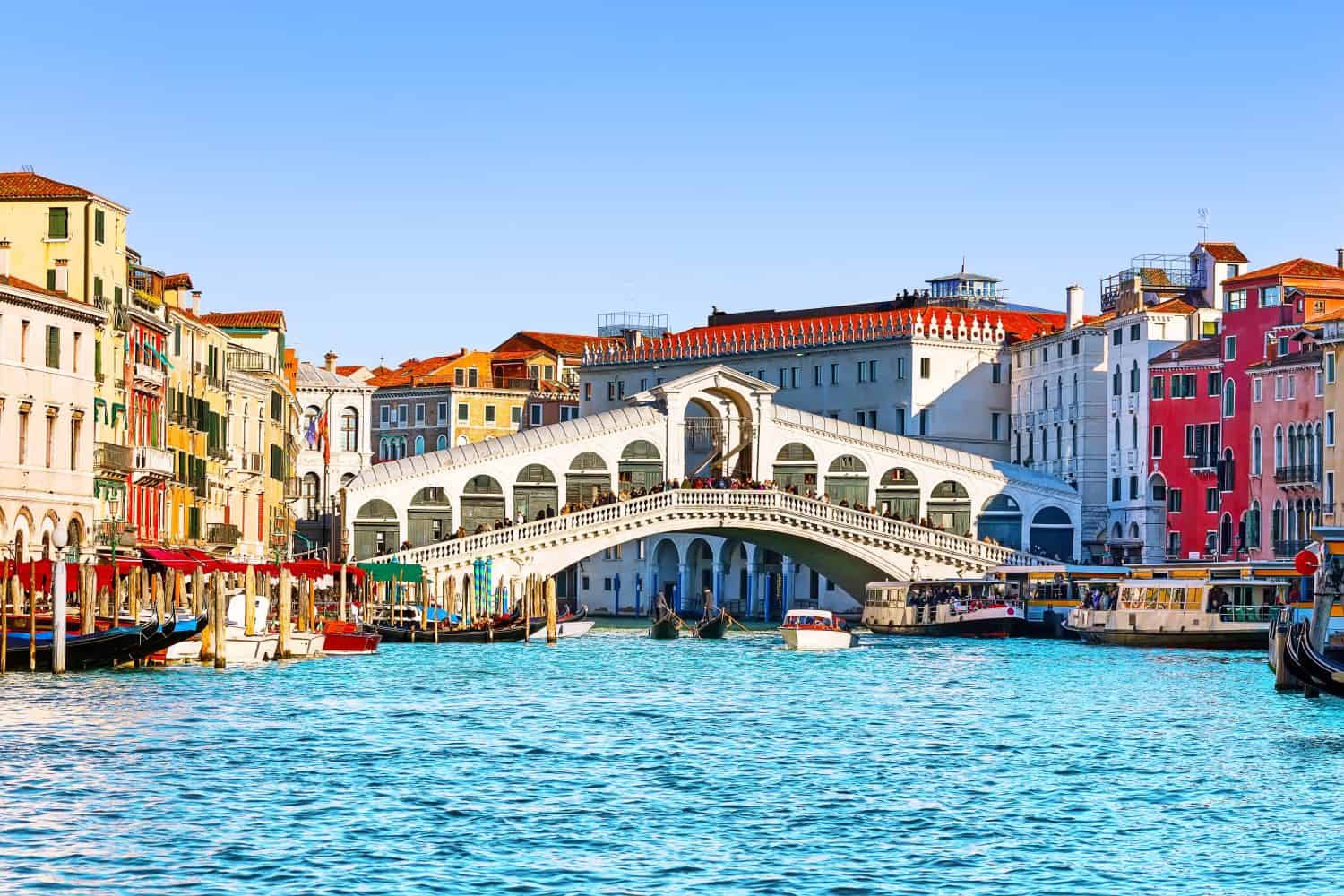
Bridge construction is a surprisingly large market. The market size in 2024 is approximately 113.57 billion, and that’s only expected to grow. It only makes sense that we’d cover such a big industry.
New, modern bridges stand in stark contrast to the oldest bridges in the world.

The Millau Viaduct is the tallest bridge in the world. It was constructed using steel and concrete, with reinforced pylons and strong cables to minimize the number of support columns needed.
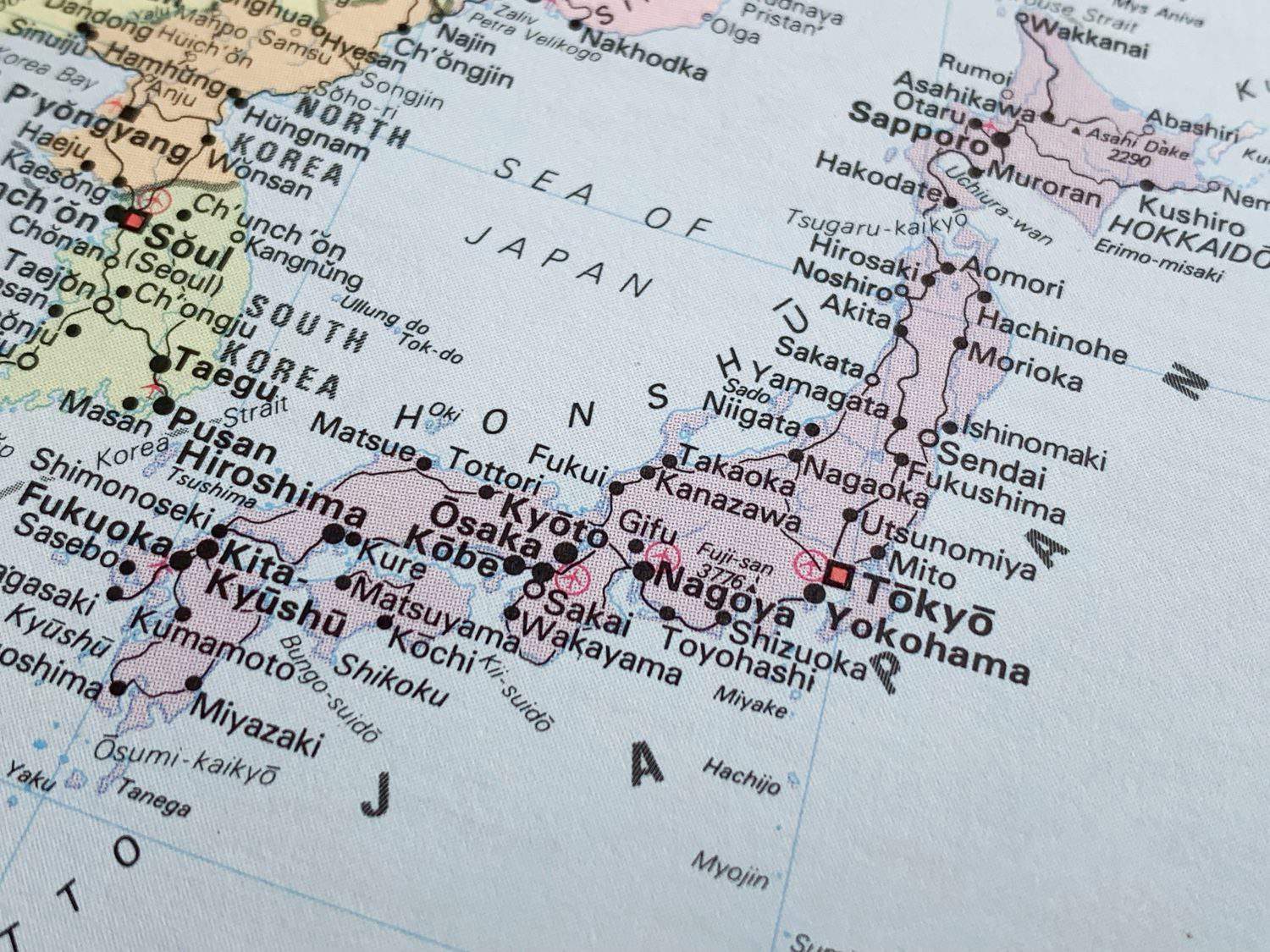
The Akashi Kaikyō Bridge is located in Japan and holds the record as the world’s longest suspension bridge. The area is also seismically active, so the bridge had to be built with flexible joints to withstand earthquakes.

The Øresund Bridge connects Denmark and Sweden over the sea. Special construction techniques like submerged tunnels and reinforced pylons were used to ensure stability.

The Qingdao Haiwan Bridge stretches over 26 miles across Jiaozhou Bay. The bridge had to be built using corrosion-resistant materials to endure the saltwater.

The Golden Gate Bridge is a well-known landmark in San Francisco, and it is also one of the most wind-resistant bridges. The design uses flexible towers and keeps aerodynamics in mind to keep it stable in strong winds.

The Rion-Antirion Bridge was built in a very seismically active region in Europe. It uses special seismic isolation bearings and a floating foundation to allow it to shift during an earthquake.
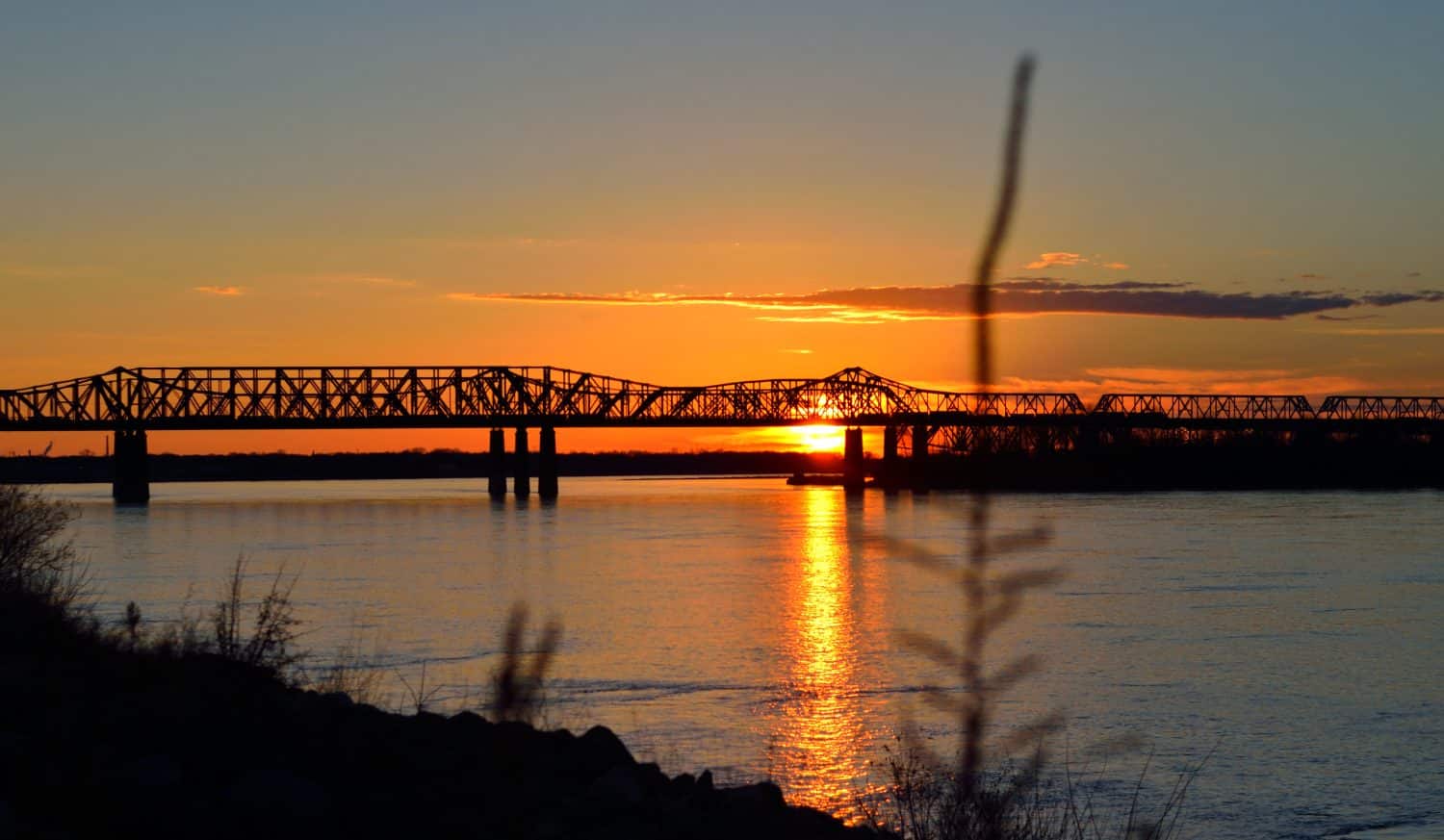
Materials like high-strength steel, high-performance concrete, and carbon fiber have changed how modern bridges are made. These materials are stronger while also being more lightweight. Many even require less maintenance over time.
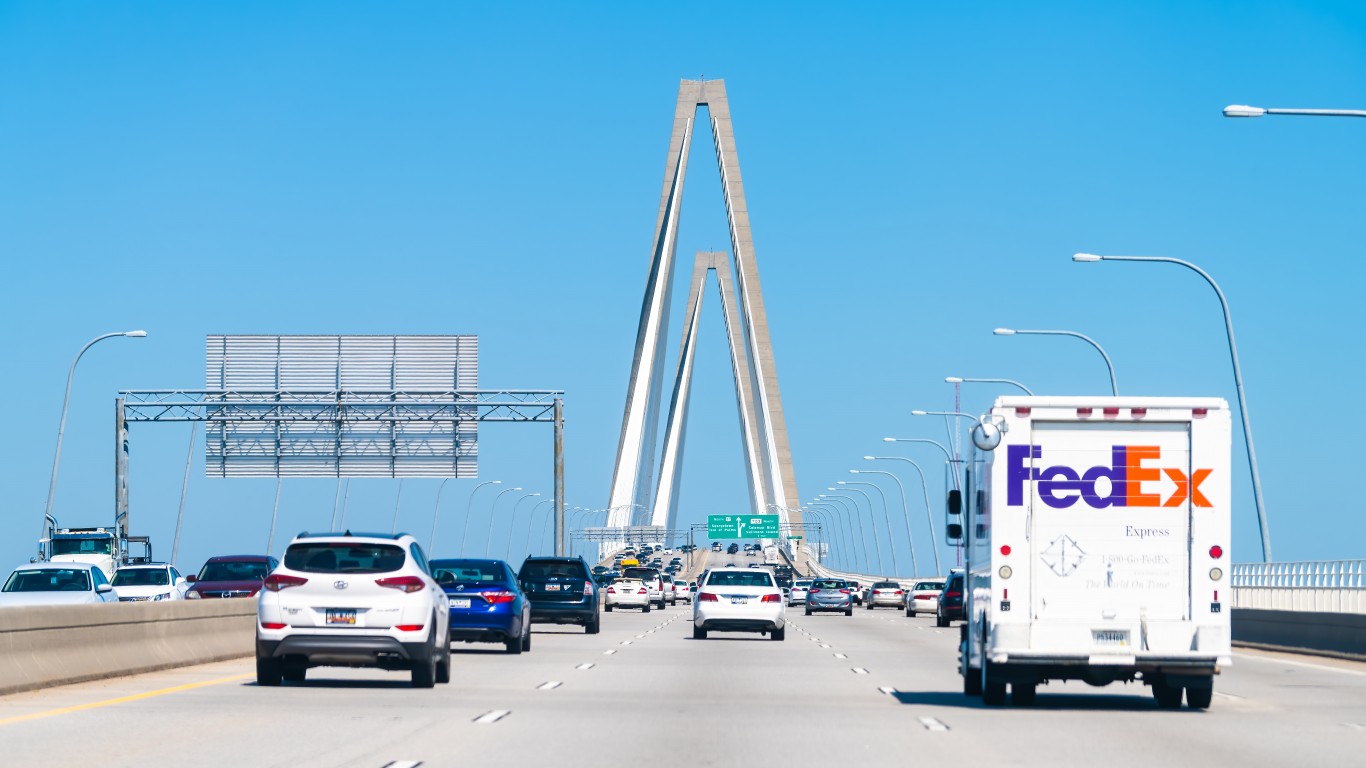
This special style of bridge uses fewer pilings. Strong steel cables transfer loads to towers. This method reduces construction time and costs. It’s especially helpful in deep waters and challenging terrains.
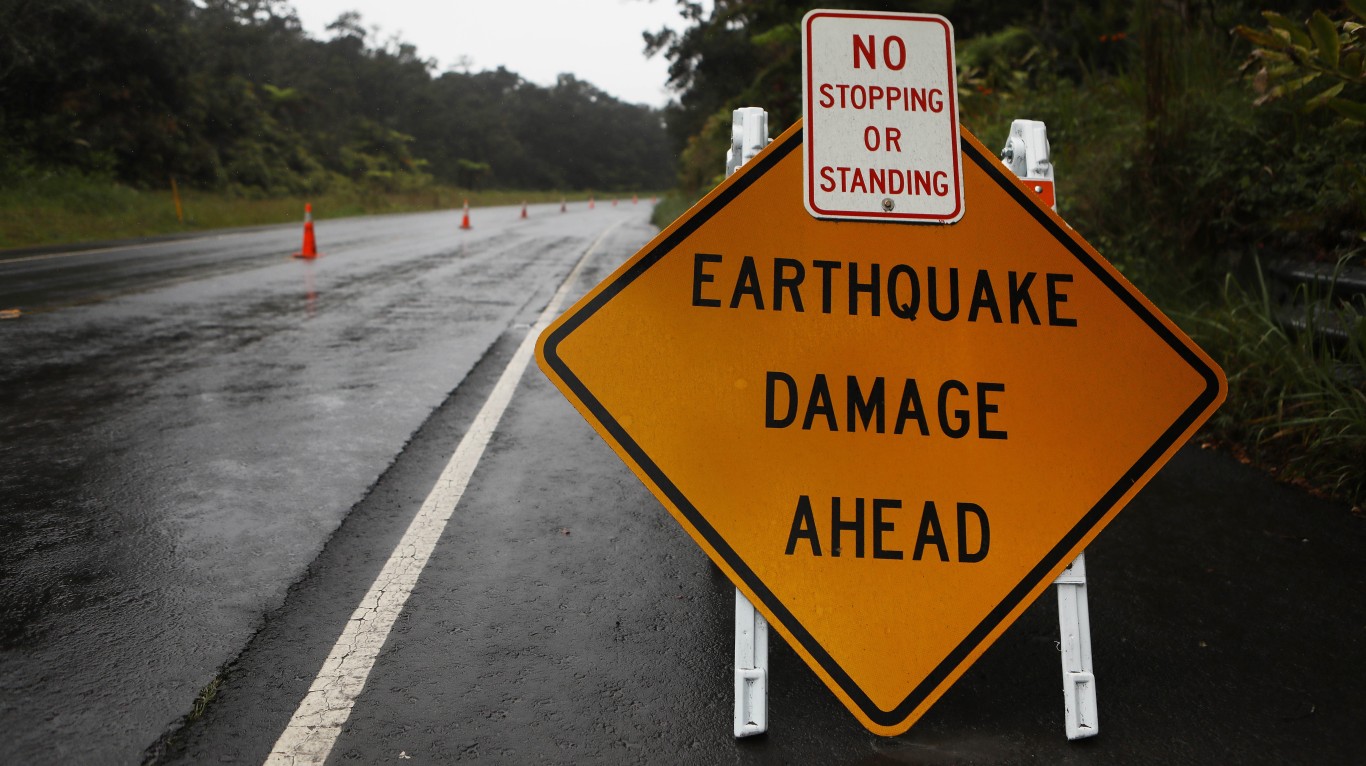
Many of the bridges we discussed were built over earthquake-prone areas, and engineers have had to come up with creative solutions to prevent the buildings from falling.
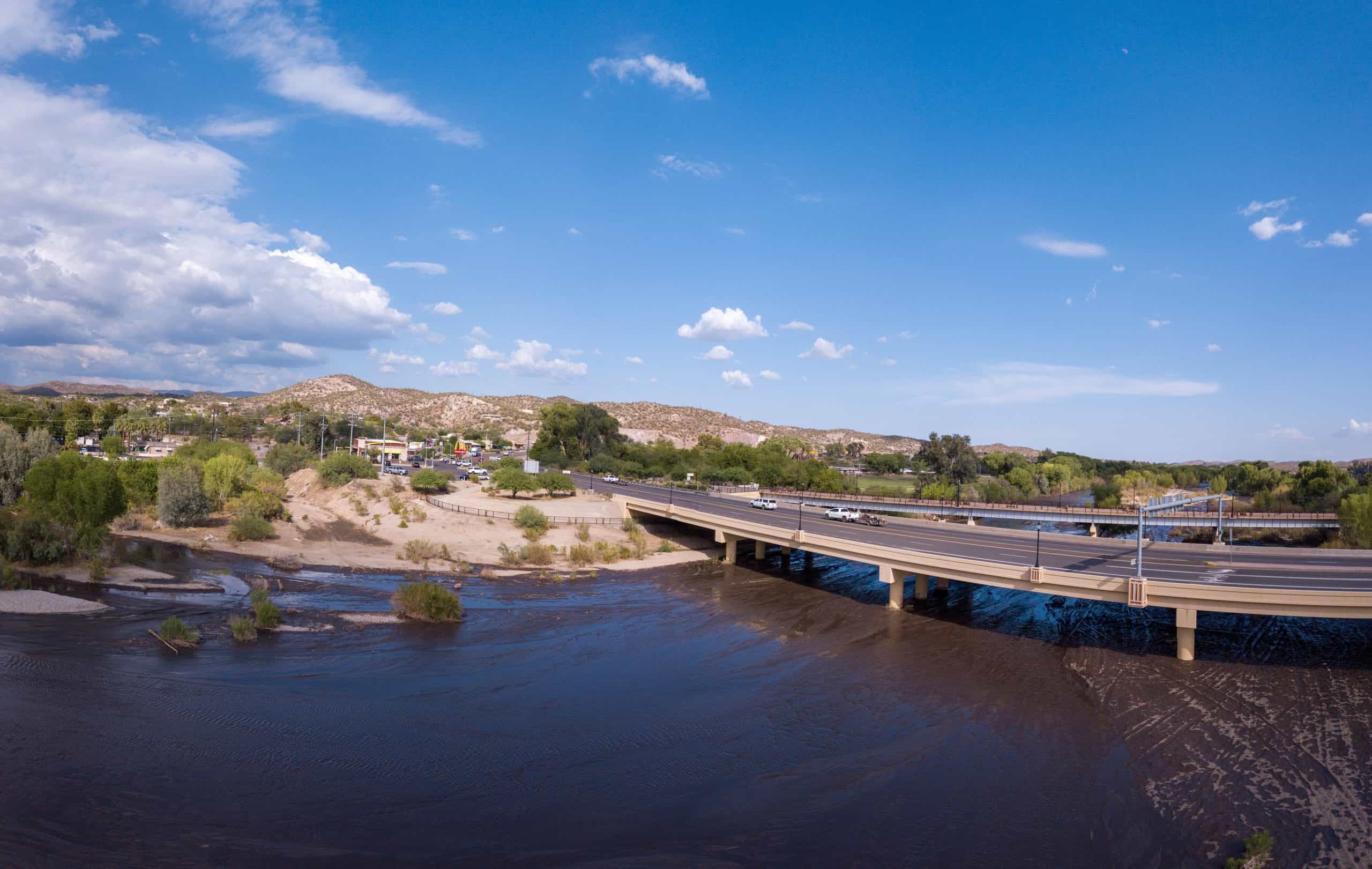
Many modern bridges are built largely off-site and then transported to the location. This method reduces construction time and makes quality control a bit easier.
After two decades of reviewing financial products I haven’t seen anything like this. Credit card companies are at war, handing out free rewards and benefits to win the best customers.
A good cash back card can be worth thousands of dollars a year in free money, not to mention other perks like travel, insurance, and access to fancy lounges.
Our top pick today pays up to 5% cash back, a $200 bonus on top, and $0 annual fee. Click here to apply before they stop offering rewards this generous.
Flywheel Publishing has partnered with CardRatings for our coverage of credit card products. Flywheel Publishing and CardRatings may receive a commission from card issuers.
Thank you for reading! Have some feedback for us?
Contact the 24/7 Wall St. editorial team.